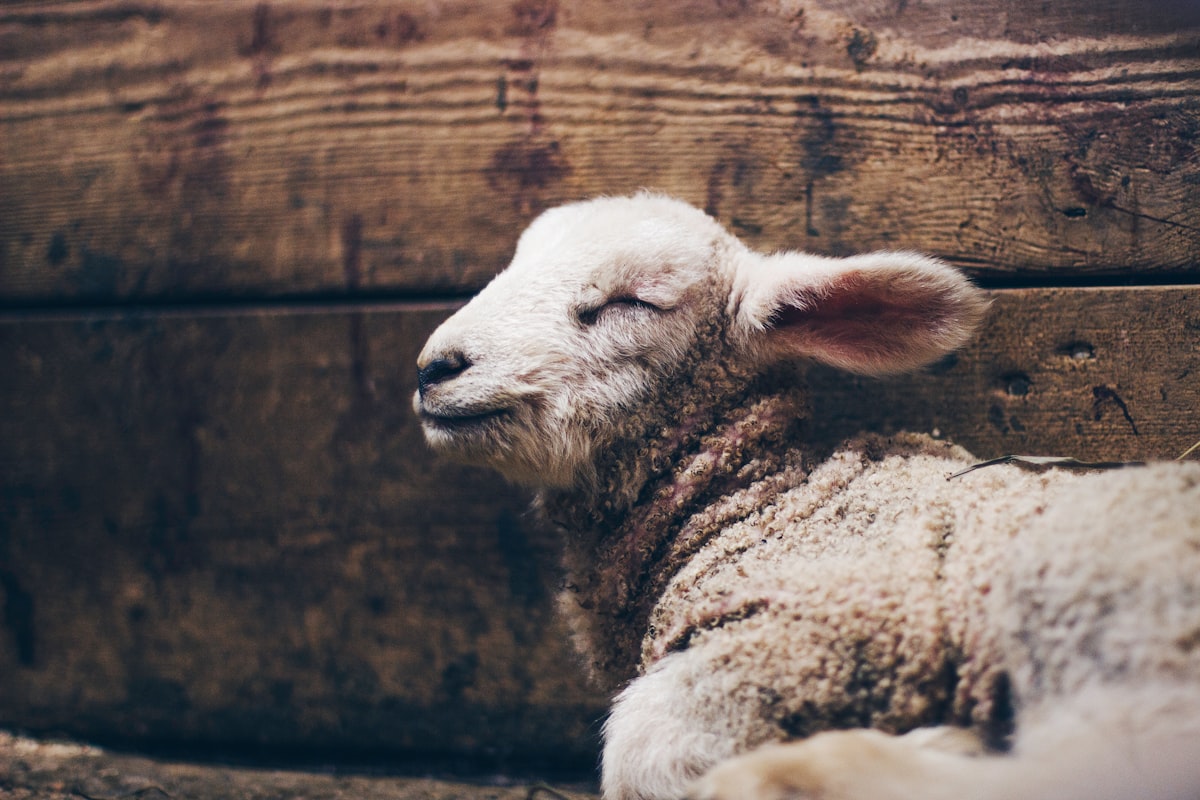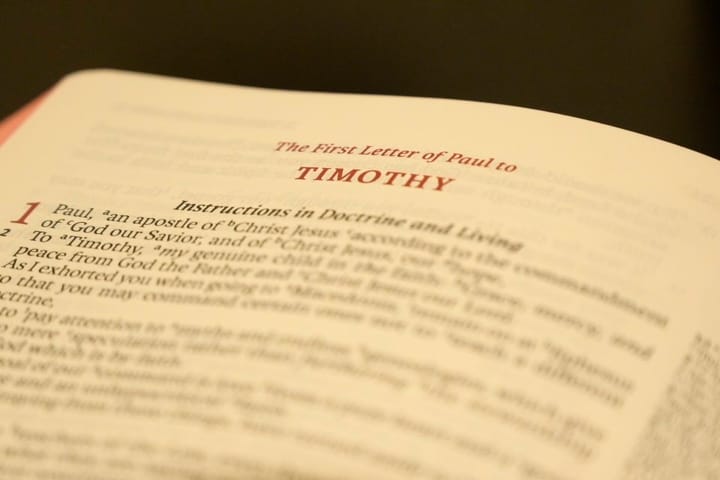Introduction to the Book of Leviticus
A summary and outline of the book of Leviticus is given. God is holy, and he desires a relationship with his covenant people who must be holy.

Summary Facts About Leviticus
- Leviticus is the third book of the Pentateuch (Torah).
- Leviticus was written by Moses around 1400 BC.
- Leviticus covers the rituals that priests perform to maintain Israel's relationship with God.
Outline of Leviticus
Regulations Concerning Sacrifices (Lev 1–7)
The theme of these sacrifices is to emphasize God's holiness and the standard of holiness he holds for his people.
1. Whole Burnt Offering (Lev 1)
- Animal used for this offering was a bull, sheep, goat, or pigeon.
- The entire offering would be consumed on the alter with fire.
- Purpose of the offering is atonement for the worshipper.
2. Grain Offering (Lev 2)
- Offering used was fine flour, oil, frankincense, and unleaven bread.
- Offered to God either cooked in an oven or uncooked. (2:4–5)
- It had to be finely grounded and have oil and salt in it. (2:4)
- It could not have any leaven or honey in it. (2:11)
- Small portion was offered to God with some frankincense on the altar while the remainder of the offer went to the priests (2:10)
- It was not for atonement (requires blood). Rather, it was a simple act of worship to honor God.
3. Peace (or Fellowship) Offering (Lev 3)
- A male or female goat was used for this offering.
- Voluntary sacrifice given to God for several purposes.
- Showing gratitude to God for his generosity.
- Fulfilling a vow.
- May be combined with other offerings like the burnt offering
- The animal fat is offered to God while the rest of the animal was consumed by the worshipper and other men.
4. Sin (or Purification) Offering (Lev 4–5:13)
- The three primary functions of this offering were consecration, cleansing, and forgiveness.
- Sin offering was for unintentional sins committed in ignorance.
- The type of animal offered was based on the status of the sinner
- High priest: young bull
- King or prince: young male goat
- Common person: young female goat
- Poor: two turtledoves or pigeons
- The sinner laid his hand on the head of the animal before the animal is killed.
- The priest places some of the blood on the horns of the altar (Lev 4:30).
- The rest of the blood was poured at the base of the alter (Lev 4:34).
5. Guilt Offering (Lev 5:14–6:7)
- A ram was offered for reparations. For example, if a person forgot to fulfill a vow or accidently ate food reserved for priests, the offender offered a ram to compensate plus an extra 20%.
- This offering was used for social justice issues (robbery, oppression, exhortion), and the offender would compenstate for the losses of the victim plus 20%.
Requirements for Priests (Lev 8–10)
- Consecration of Aaron and his sons
- Aaron's first sacrifices
- Judgment on Aaron's sons, Nadab and Abihu
Purity Code for Israel (Lev 11–15)
Regulations for ritual purity and impurity. For Israel, religion and ritual purity was communal, not individual. This section explains how Israel was to conduct their corporate worship with holiness.
Day of Atonement (Lev 16)
- The Day of Atonement (Yom Kippur) was the most holy day for Israel.
- This event occurred once a year.
- The high priest was to perform elaborate rituals to atone for the sins of Israel. The high priest was to bathe and put on special clothing (Lev 16:4), then sacrifice a bull for a sin offering for himself and his family (Lev 16:6, 11). The blood was sprinkled on the ark of the covenant.
- Then the high priest brought two goats. One was to be sacrificed for the sins of Israel (Lev 16:16) with its blood sprinkled on the ark of the covenant. The other goat was used as a scapegoat.
- THe hight priest would place his hands on its head, confess over it the rebellion of the Israelites, and then send the goat out into the wilderness (Lev 16:21).
Holy Living (Lev 17–27)
- Ethical living, alongside the sacrifices, paint a picture of God's holiness.
- Israel's feasts and festivals also expressed God's holiness (Lev 23). These feasts and festivals were holy times that emphasized Israel's rememberance of God's past works of redemption. Festivals included rejoicing (Lev 23:40) and rest from normal work (Lev 23:3) which was a reminder of God's joy and rest after creation (Gen 2:2).
- God's required the Sabbath rest of the land every seven years (Lev 25).
- The Year of Jubilee, which occurs every fifty years, is also detailed.
- The land would experience two Sabbaths, and people who have had to seel themselves as indentured servants with their land were to be free from that obligation and debt.
- Fair treatment of poor Israelites was emphasized. Slave owners were not allowed to rule over their slaves anymore or inherit their children as slaves.
- The purpose of the Sabbath of the land and the year of Jubilee was to reflect God's holiness and compassion toward his people.
- God's blessing and curse and rules on vows and tithes are also explained.
Bottom Line of Leviticus
God is holy, and he desires to have a covenant relationship with his people who must also be holy. God's people must fulfill God's standards whicn cannot be ignored or changed.




Comments ()